Scones
This post may contain affiliate links. Read my full disclosure policy.
Say goodbye to dry, crumbly scones—a secret ingredient makes these light, tender and buttery!
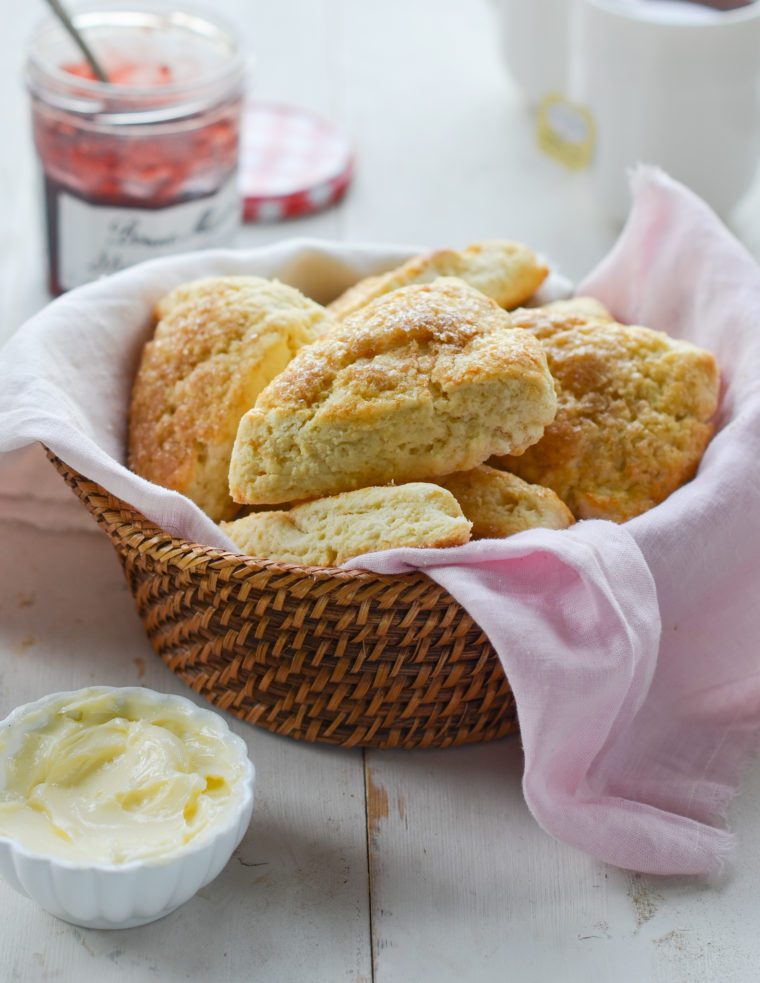
Similar to American biscuits, scones are a British teatime staple, often enjoyed with butter, jam, or clotted cream. They’re a favorite in American bakeries too, where they are often sweeter and dressed up with various mix-ins and frostings. However, all too often, instead of a buttery, flaky treat, scones are dry, leaving us with a lap full of crumbs and searching for the nearest cup of coffee! If that’s been your experience, I promise these light, tender, buttery scones will change your mind!
The secret is using cake flour instead of all-purpose flour. It’s lower in protein and makes for ultra-tender scones. If you don’t have any on hand, you can easily make your own using all-purpose flour and cornstarch (see the FAQs below). For a kid-friendly twist, don’t miss my chocolate chip scones.
Table of Contents
“After living in the U.K. for 5 years and enjoying their high tea I’ve been on the lookout for the perfect scone recipe…this is it!!”
What You’ll Need To Make Scones
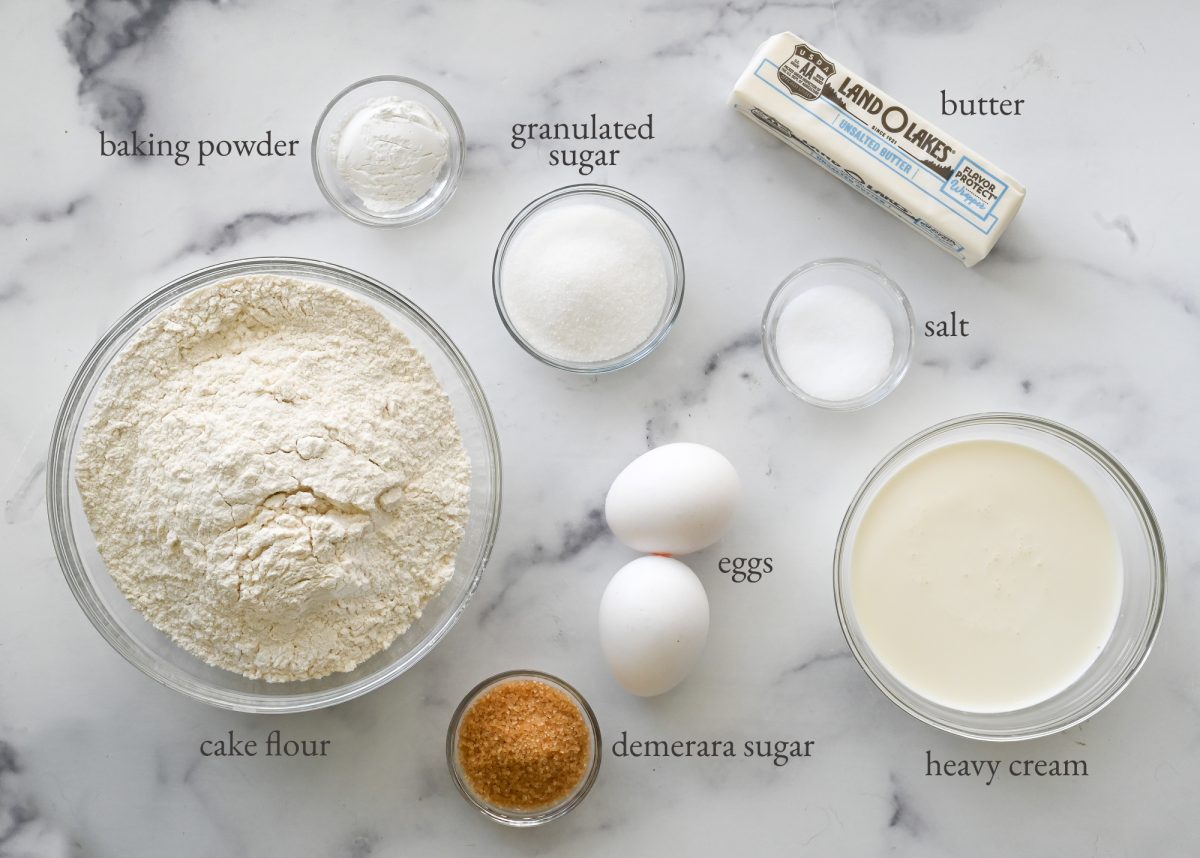
- Cake Flour: The base of the scones. Cake flour provides a softer, more delicate texture than all-purpose flour. Don’t have cake flour on hand? See the FAQs to see how to make your own cake flour using all-purpose flour and cornstarch.
- Baking Powder: Acts as a leavening agent, helping the scones rise and become light and fluffy.
- Sugar: Adds sweetness and enhances the flavor of the scones.
- Butter: Adds richness, flavor, and a tender crumb to the scones.
- Eggs: Provides structure to the dough and helps bind the ingredients together. Egg brushed on top of the dough gives the finished scones a beautiful golden color.
- Heavy Cream: Adds moisture, richness, and a creamy texture to the scones. Do not substitute light cream or milk.
- Demerara Sugar: (Also called raw or turbinado sugar) Adds a crunchy texture and caramelized sweetness to the scone tops, providing a delightful contrast to the tender interior.
- Jump to the printable recipe for precise measurements
Step-By-Step Instructions
Preheat the oven to 425°F and set an oven rack in the middle position. Line a baking sheet with parchment paper. In a large bowl, whisk together 2 cups cake flour, 2½ teaspoons baking powder, 2½ tablespoons granulated sugar, and a scant ¾ teaspoon salt.
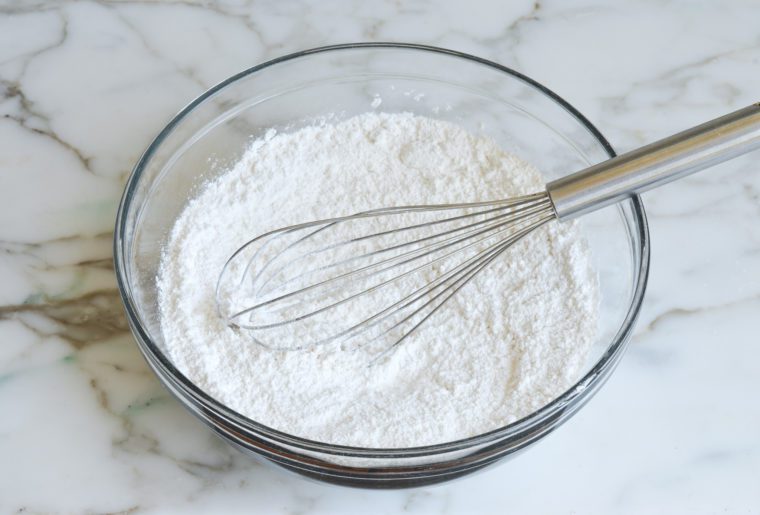
Add the cold butter, and cut into small pieces.
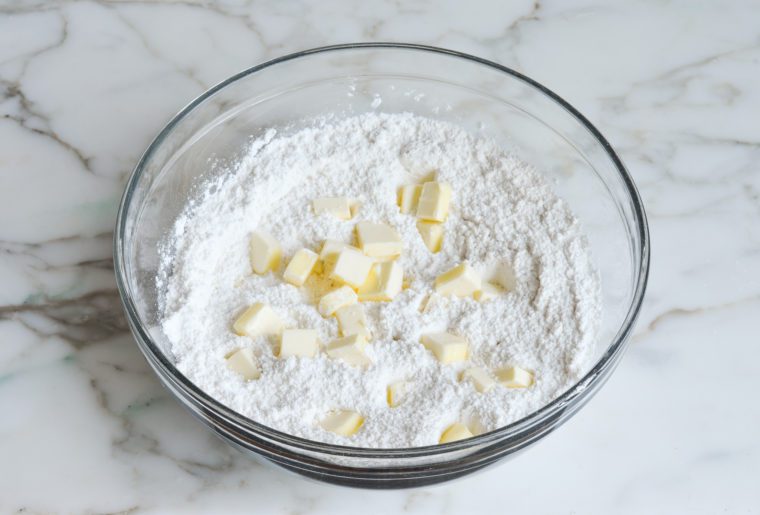
Use your fingertips to rub the butter into the dry ingredients until the mixture resembles coarse crumbs with pea-size clumps of butter within.
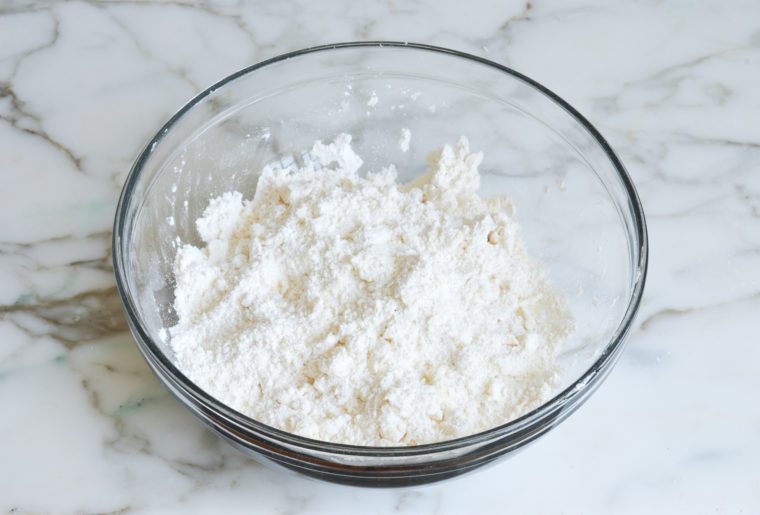
In a small bowl or liquid measuring cup, whisk together ⅔ cup heavy cream and 1 egg.
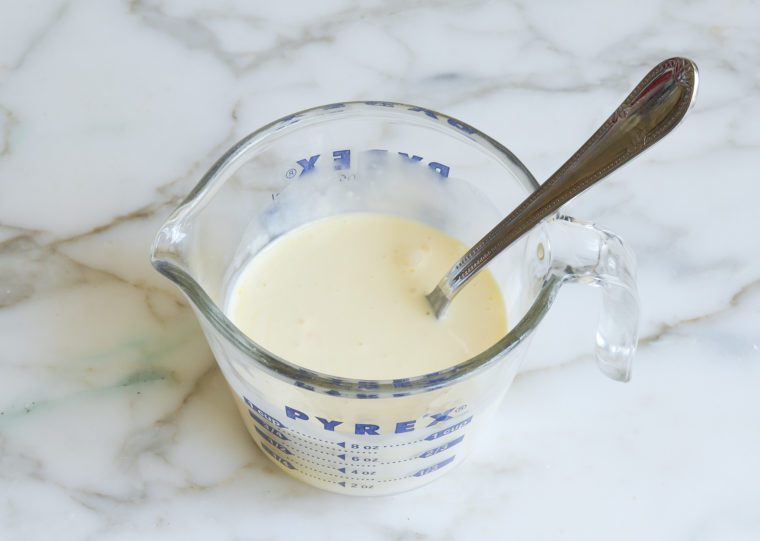
Make a well in center of dry ingredients, then pour the cream/egg mixture in.
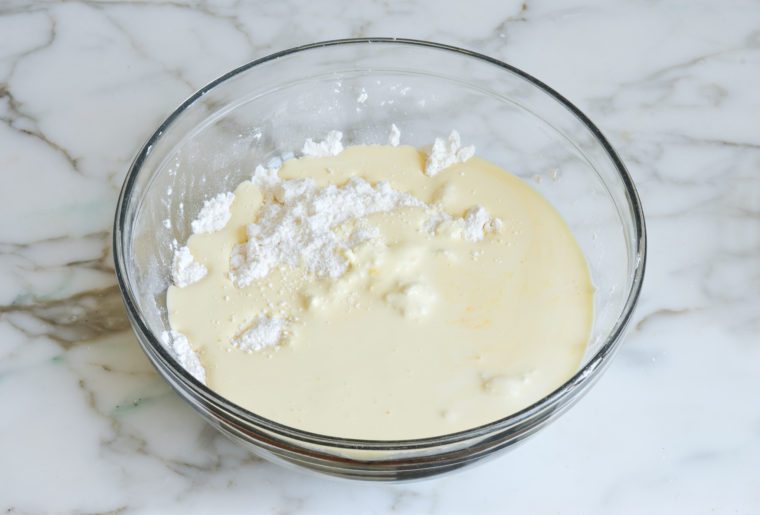
Use a rubber spatula to mix until the dough comes together into a mass. It should be a bit sticky but not so wet that you can’t handle it with your hands. If it seems dry, add the remaining 2 tablespoons of cream.
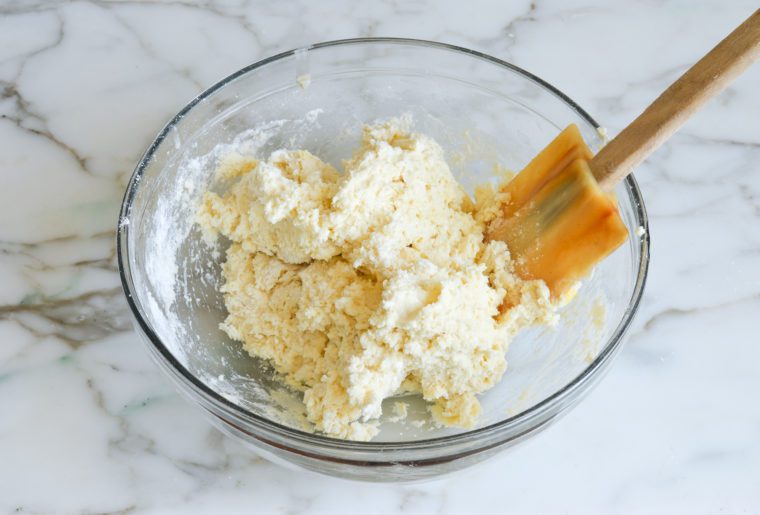
Dust a work surface lightly with flour, then dump the scone dough onto the surface.
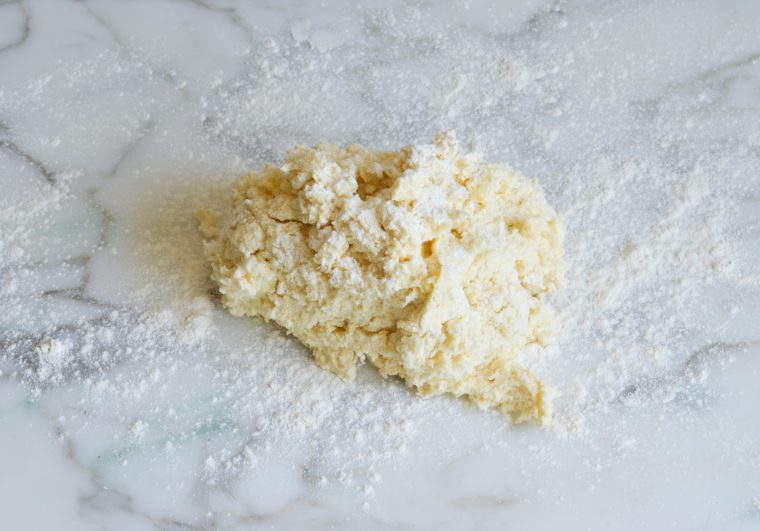
Knead very gently a few times until dough comes together into a ball. (Sprinkle more flour, little by little, if dough is too sticky to work with.) Press dough into a flat circle about 7 inches in diameter and ¾-inch thick.
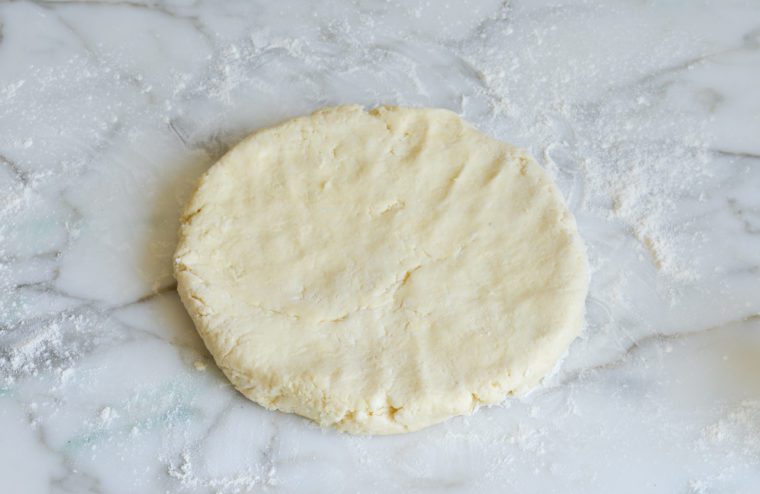
Use a sharp knife to cut into 8 triangles.
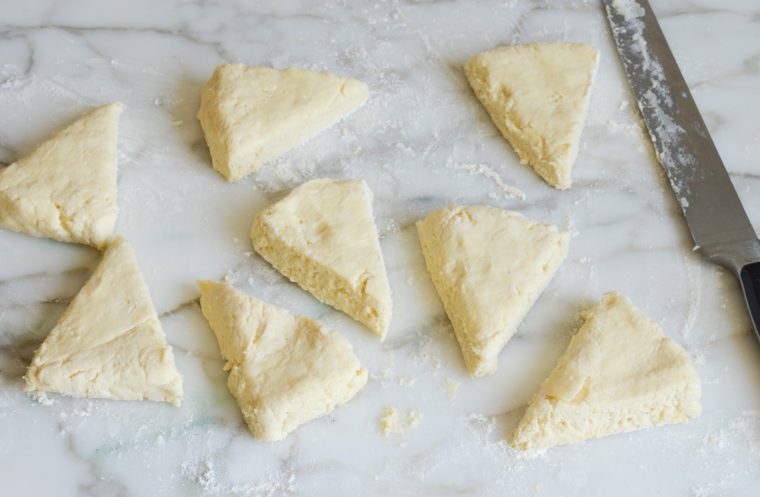
Transfer the wedges to the prepared baking sheet. Brush lightly with a beaten egg and sprinkle with about 1 tablespoon demerara sugar.
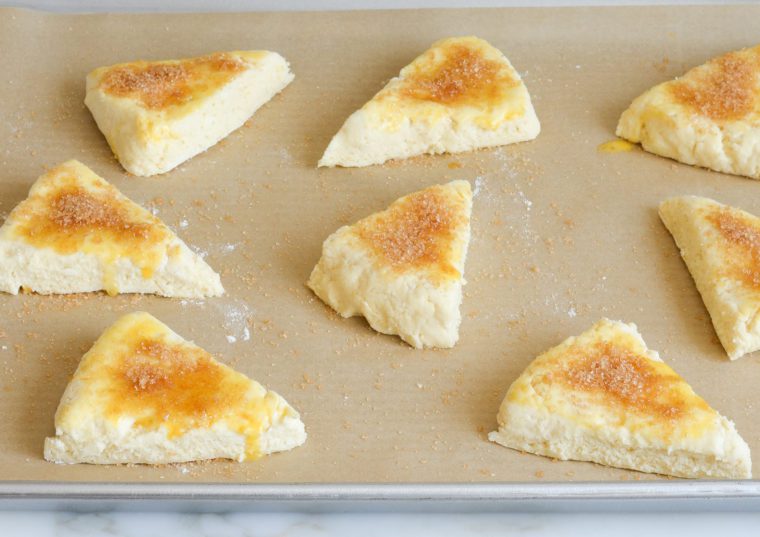
Bake for 10 to 12 minutes, until the tops are lightly golden and firm to the touch.
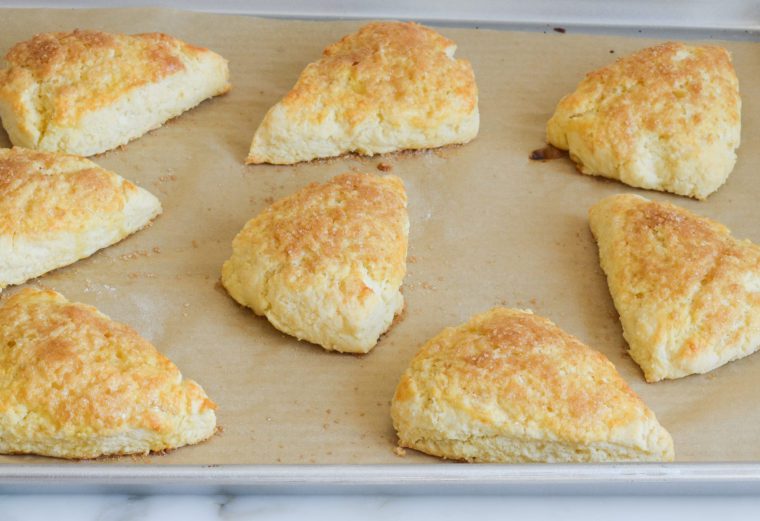
Serve warm from the oven.
Frequently Asked Questions
Cake flour is finer and lower in protein, which makes lighter and fluffier scones. If you don’t have any on hand, a simple blend of all-purpose flour and a bit of cornstarch makes a great substitute. Simply whisk together 1¾ cups all-purpose flour and ¼ cup cornstarch. This easy swap will take your scones from just okay to fantastic, giving them that perfectly tender, fluffy, ultra-buttery crumb. If you’d like some other options for using up cake flour, take your pick from cherry cornmeal upside-down cake to yellow cake with chocolate buttercream frosting to Boston cream pie.
Definitely! To freeze them before baking, place the raw scones on a baking sheet, let set in the freezer, then place in an airtight container and freeze for up to 3 months. Bake as needed directly from the freezer. (Wait until you’re ready to bake the scones to brush on the egg wash, and allow 1 to 2 minutes longer in the oven.) To freeze after baking, let the scones cool completely and store in an airtight container for up to 3 months. Before serving, remove the scones from the container and let them come to room temperature. (If you have the option to freeze the scones before or after baking them, you will get the best results if you freeze before baking.)
Demerara (also called raw or turbinado) sugar is a type of cane sugar with large, crunchy crystals and a slightly amber color. It has a natural caramel-like flavor and is often used to add texture and sweetness to the tops or exterior of baked goods like pecan shortbread cookies and butterscotch pecan scones. If you don’t have it on hand, you can substitute light or dark brown sugar, or simply omit it.

Video Tutorial
You May Also Like
Scones
Say goodbye to dry, crumbly scones—a secret ingredient makes these light, tender and buttery!
Ingredients
For The Dough
- 2 cups cake flour, spooned into measuring cup and leveled off (see note on substitution)
- 2½ teaspoons baking powder
- 2½ tablespoons sugar
- Scant ¾ teaspoon salt
- 1 stick (½ cup) cold unsalted butter, cut into ½-inch pieces
- 1 large egg
- ⅔ cup heavy cream (do not substitute milk or light cream), plus more if needed
For The Topping
- 1 large egg, beaten
- 1 tablespoon demerara sugar (also called raw sugar or turbinado; optional)
Instructions
- Preheat the oven to 425°F and set an oven rack in the middle position. Line a baking sheet with parchment paper.
- In a large bowl, whisk together the flour, salt, baking powder and granulated sugar. Add the pieces of cold butter. Using your fingertips, rub the butter into the dry ingredients until the mixture resembles coarse crumbs with pea-size clumps of butter within.
- In a small bowl or liquid measuring cup, whisk together the heavy cream and the egg. Make a well in center of dry ingredients, then pour the cream/egg mixture in. Using a rubber spatula, mix until the dough comes together into a mass. It should be a bit sticky but not so wet that you can't handle it with your hands. If it seems dry, add 1 to 2 tablespoons more cream.
- Dust a work surface lightly with flour, then dump the scone dough onto the surface; dust the dough with a bit of flour as well. Knead very gently a few times until the dough comes together into a ball. (Sprinkle more flour, little by little, if dough is too sticky to work with.) Press the dough into a flat circle about 7 inches in diameter and ¾-inch thick, then use a sharp knife to cut into 8 even triangles. Transfer the wedges to the prepared baking sheet. Brush lightly with the beaten egg and sprinkle with the demerara sugar, if using. Bake for 11 to 13 minutes, until the tops are lightly golden and firm to the touch. Serve warm from the oven.
- Note: If you don't have cake flour, you can make your own: simply whisk together 1¾ cups all-purpose flour and ¼ cup cornstarch.
- Freezer-Friendly Instructions: To freeze before baking, place the raw scones on a baking sheet, let set in the freezer, then place in an airtight container and freeze for up to 3 months. Bake as needed directly from the freezer. (Allow 1 to 2 minutes longer in the oven.) To freeze after baking, let the scones cool completely and store in an airtight container for up to 3 months. Before serving, remove the scones from the container and let them come to room temperature. (If you have the option to freeze the scones before or after baking them, you will get the best results if you freeze before baking.)
Nutrition Information
Powered by ![]()
- Per serving (8 servings)
- Serving size: 1 scone
- Calories: 322
- Fat: 20 g
- Saturated fat: 12 g
- Carbohydrates: 33 g
- Sugar: 6 g
- Fiber: 1 g
- Protein: 4 g
- Sodium: 188 mg
- Cholesterol: 76 mg
This website is written and produced for informational purposes only. I am not a certified nutritionist and the nutritional data on this site has not been evaluated or approved by a nutritionist or the Food and Drug Administration. Nutritional information is offered as a courtesy and should not be construed as a guarantee. The data is calculated through an online nutritional calculator, Edamam.com. Although I do my best to provide accurate nutritional information, these figures should be considered estimates only. Varying factors such as product types or brands purchased, natural fluctuations in fresh produce, and the way ingredients are processed change the effective nutritional information in any given recipe. Furthermore, different online calculators provide different results depending on their own nutrition fact sources and algorithms. To obtain the most accurate nutritional information in a given recipe, you should calculate the nutritional information with the actual ingredients used in your recipe, using your preferred nutrition calculator.

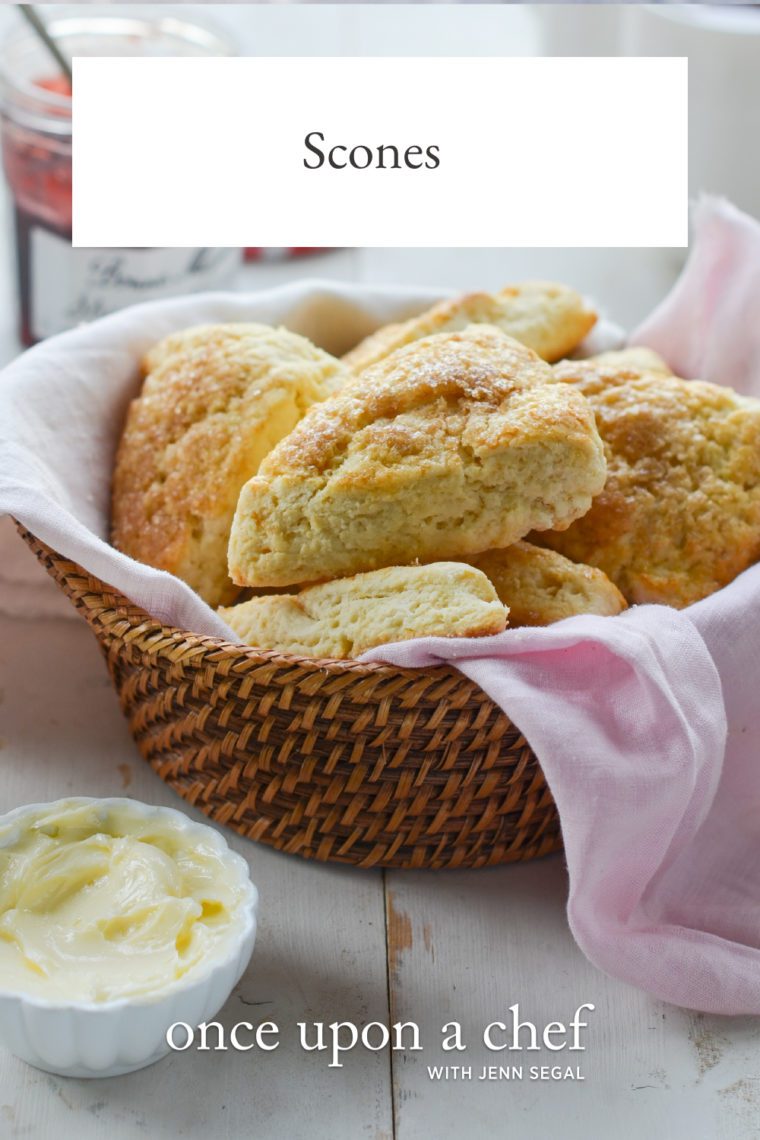
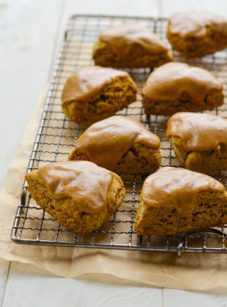
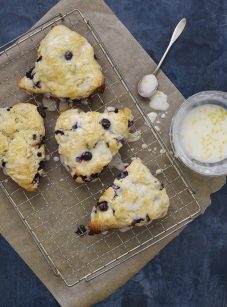
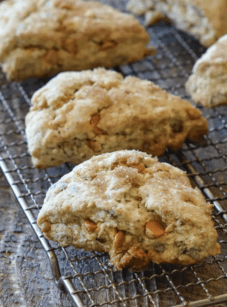
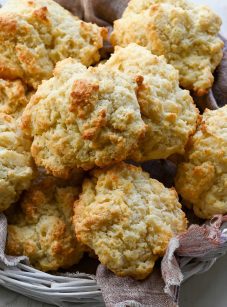
I tried making scones years ago but they were so dry that I didn’t bother again. Of course your recipe was excellent, Jenn! I also appreciate that you mentioned in the comments below that for those who don’t want to buy cake flour, just replace two tablespoons of every cup of all-purpose flour with cornstarch. Please add this great tip as a note to the recipe when you can (it’s on the chocolate chip scone version but not on the cream scone one).
Glad you liked these. 🙂 And great suggestion about adding the note about the flour substitution — done!
These were the best scones that I have tried, even better than the ones I had in the UK. Thank you!
The scones are so delicious and easy to throw together. We devoured them too quickly. I test out recipes at home for my husband to cook at his fire station. Can this recipe be doubled using the food processor method? By the way, the other firefighters (and my family) love every recipe we’ve made. Thank you so much!!!
So glad they were a hit! Yes, this can definitely be doubled as long as they have a food processor large enough to fit the ingredients. 🙂
Thank you Jennifer for sharing this recipe, the scones turned out amazing, I added orange zest and mini dark chocolate chips, very decadent tasting🙌🙌👌
I made these but added orange zest and dried cranberries to it. Absolute yums and the sweetness level was just right. Love it!
Wow – these are great and extremely forgiving.
I’ve never made scones before so I’m not sure if they traditionally are a forgiving pastry (?), but I’m shocked!
Jenn, I have to apologize because I am not a fan of reviews on a recipe when the recipe has been altered, but I want everyone to know – don’t be scared to try this!
I ended up using regular flour (accidentally) and dropped a second egg in the milk mixture (which I then tried to fish out). I was also doing this in a kitchen that was reading 86 degrees. I popped my butter in the freezer to try to get it to be cold/solid again because I understand the importance, but by the time I got the dough mixed and shaped – it honestly looked like I should’ve cut my losses and thrown the mess in the trash. I AM SO GLAD I DIDN’T! To my surprise, the goop turned into what looks like professional scones. They taste amazing – just as Jenn described. Moral of the story – try the scones and stick with it no matter what!!
Thanks for always giving us such great recipes! I’m also positive if you follow the recipe better than I did your results will be out of this world.
Is cake flour the same as pastry flour?
Hi Seema, they are slightly different. See more details here.
Thank you! I can’t wait to make this for brunch Sunday.
I made this recipe last week and made it again today! The scones were amazingly delicious with strawberry jam & clotted cream! I love the recipe and it’s so easy to make! I finally found a scone recipe that turns out right and yummy! Thank you xoxo!
After living in the U.K. for 5 years and enjoying their high tea I’ve been on the lookout for the perfect scone recipe.. this is it!! Just had a high tea for my extended family here in the USA and these were a hit! Homemade clotted cream and jam too of course. We also had your chocolate cupcakes and they were a huge hit as well. Thank you for all your amazing recipes! I’m a huge fan!!
These are so amazing! It is like biting into a small bit of heaven! I used vanilla sugar when I made mine and they were delicious!